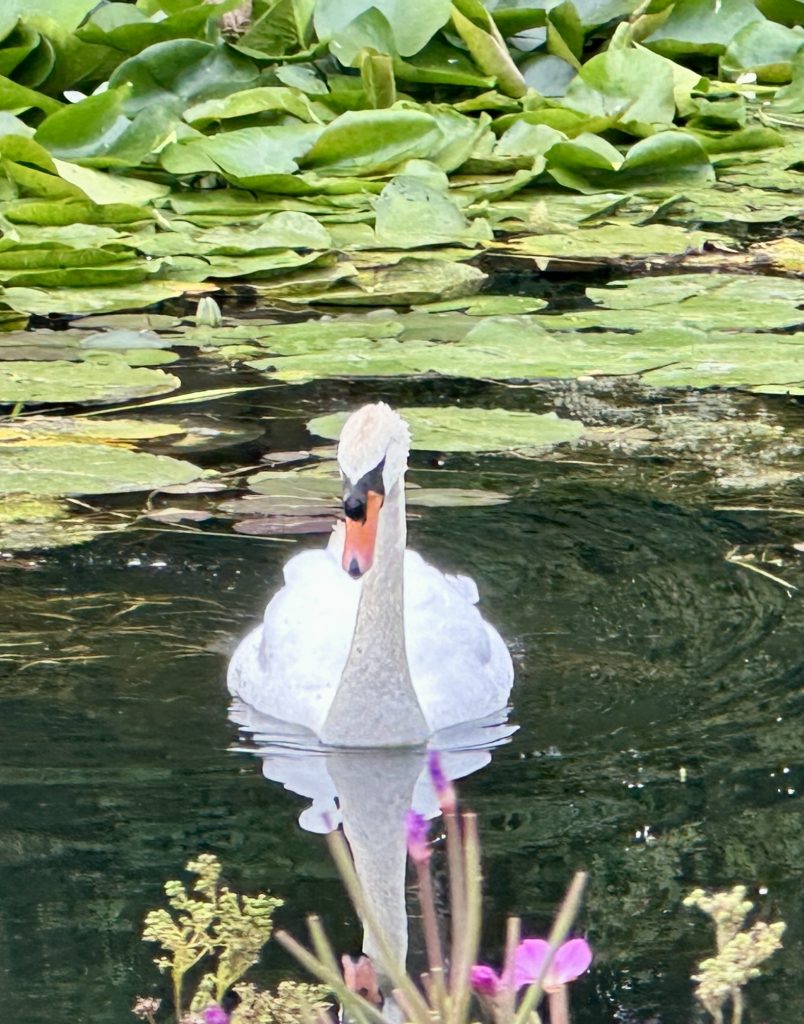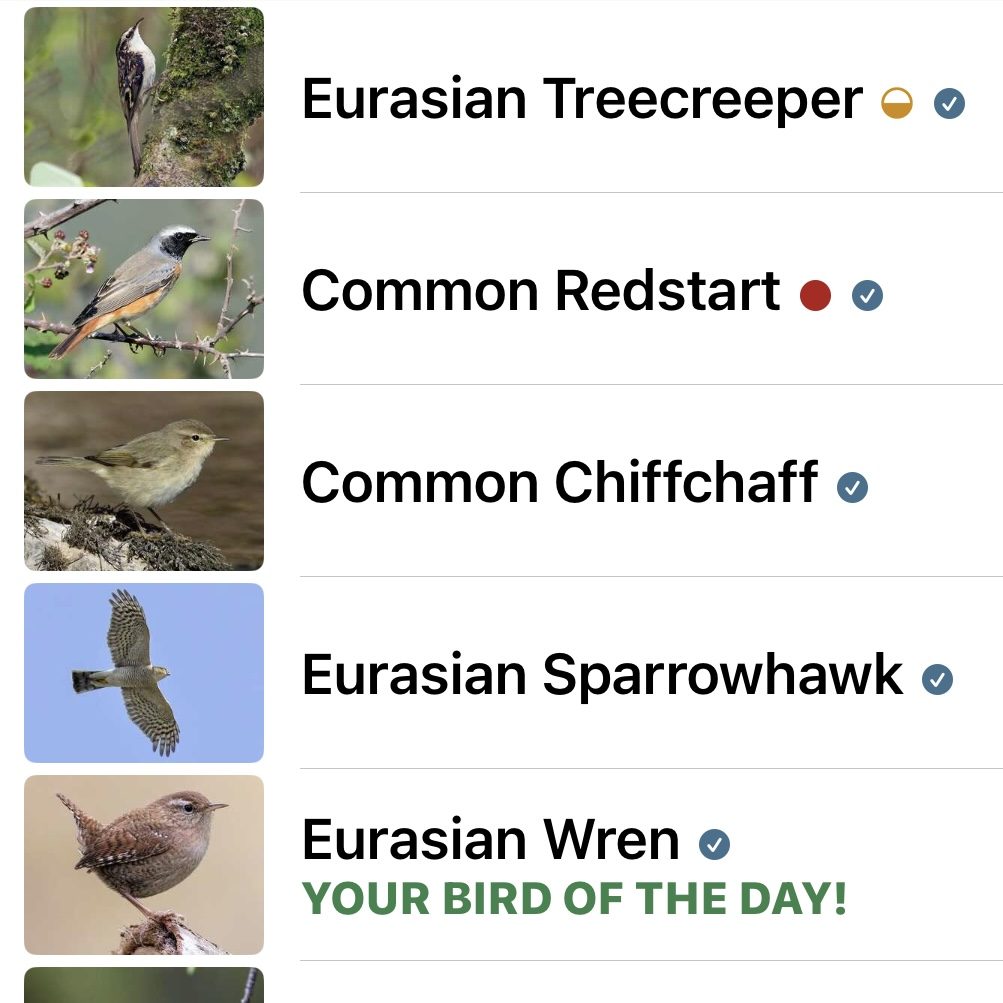5 Tips for Appreciating the Birds of North Yorkshire
Posted on January 5th, 2026 by Sproxton Hall Cottages
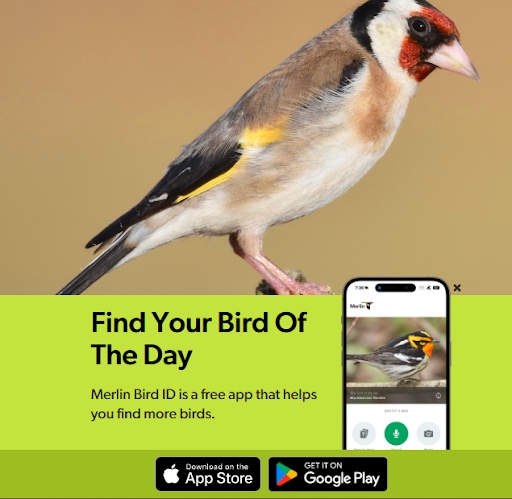
North Yorkshire is waiting to reveal its feathered treasures. With the Merlin Bird ID app in hand, you’ll not only spot more birds but also deepen your connection with the incredible natural world around you. Where better place to start than on holiday – when you have time to slow your pace, pause at a view point, and discover something new every day.
If you’d told me a month ago that I’d be writing a blog post about bird spotting I would not have known where to start. I’m definitely a novice but it is surprisingly addictive and largely because of 2 things:
- The Merlin Bird App
- The tranquil open countryside surrounding our holiday cottages
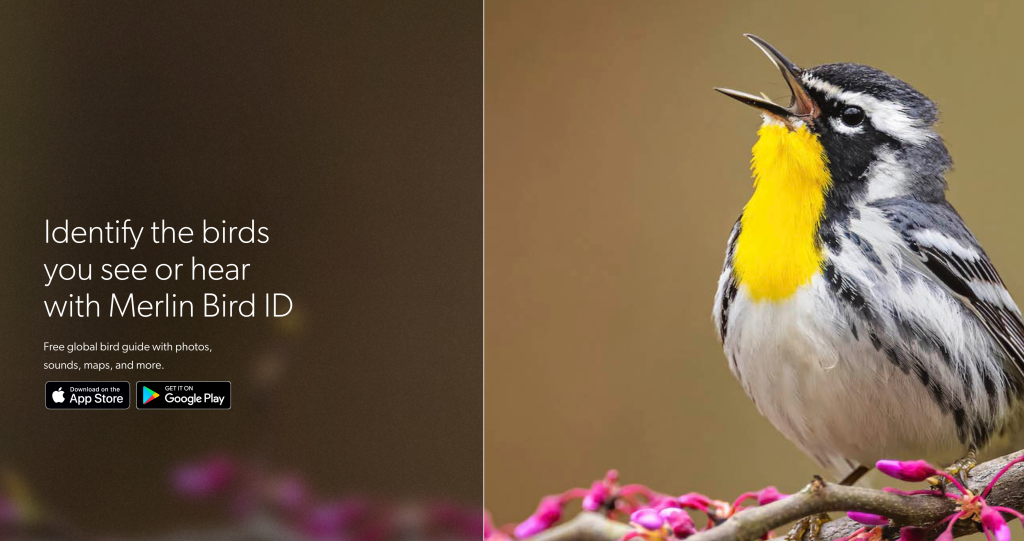
I’ve always been a keen dog walker and since moving to Sproxton have enjoyed taking photos of the landscape and anything within it that caught my eye. I focused on the visual without appreciating the sounds in the trees around me and skies above. Listening to the birds and then being able to identify them has added a whole new dimension to our dog walks and time spent in the dog paddocks.
Why rural North Yorkshire? With its ancient woodlands, sweeping moorlands and dramatic coastline, North Yorkshire is a haven for wildlife, and especially for birds. Whether you’re a seasoned twitcher or simply enjoy seeing a barn owl swoop over the paddocks, this beautiful county offers incredible opportunities for birdwatching.
Five tips for getting started
Tip 1 – Download the free Merlin Bird App
The app has been developed by Cornell University and utilises cutting edge technology to identify birds by sound and sight. This is a game changer and enables identification using your phone – the Sound ID feature is my favourite. Just tap “Sound ID” and hold your phone towards the singing bird. Merlin listens and, in real-time, suggests the species it’s detecting. There’s a Photo ID feature and reference guides tailored by region. As you identify birds, Merlin allows you to easily save them to your personal “Life List” . In the first month (mid-July to mid-August) I recorded 70 species; all within North Yorkshire, the vast majority in and around Sproxton. It’s a fantastic way to keep track of your sightings and celebrate your progress as a birdwatcher.
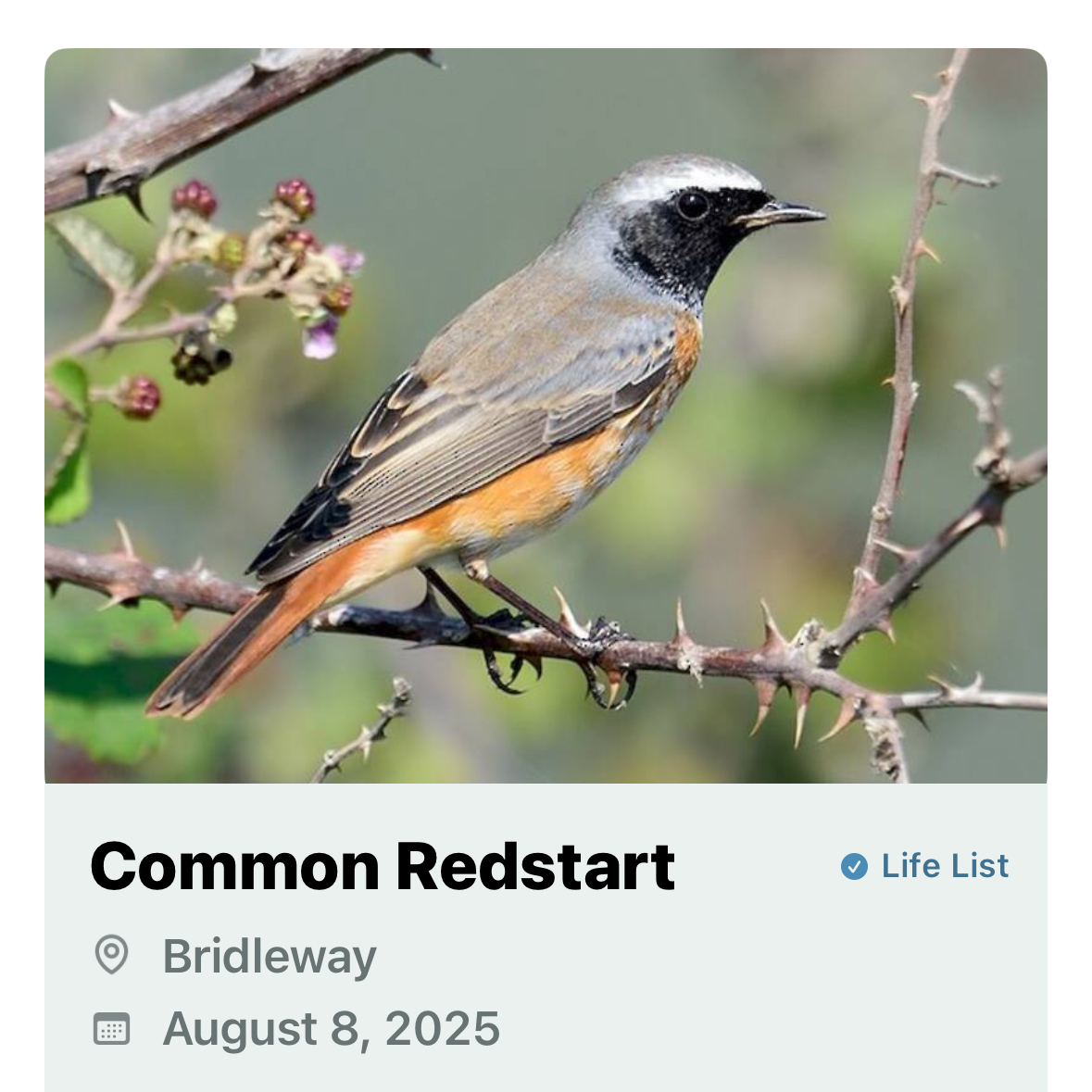
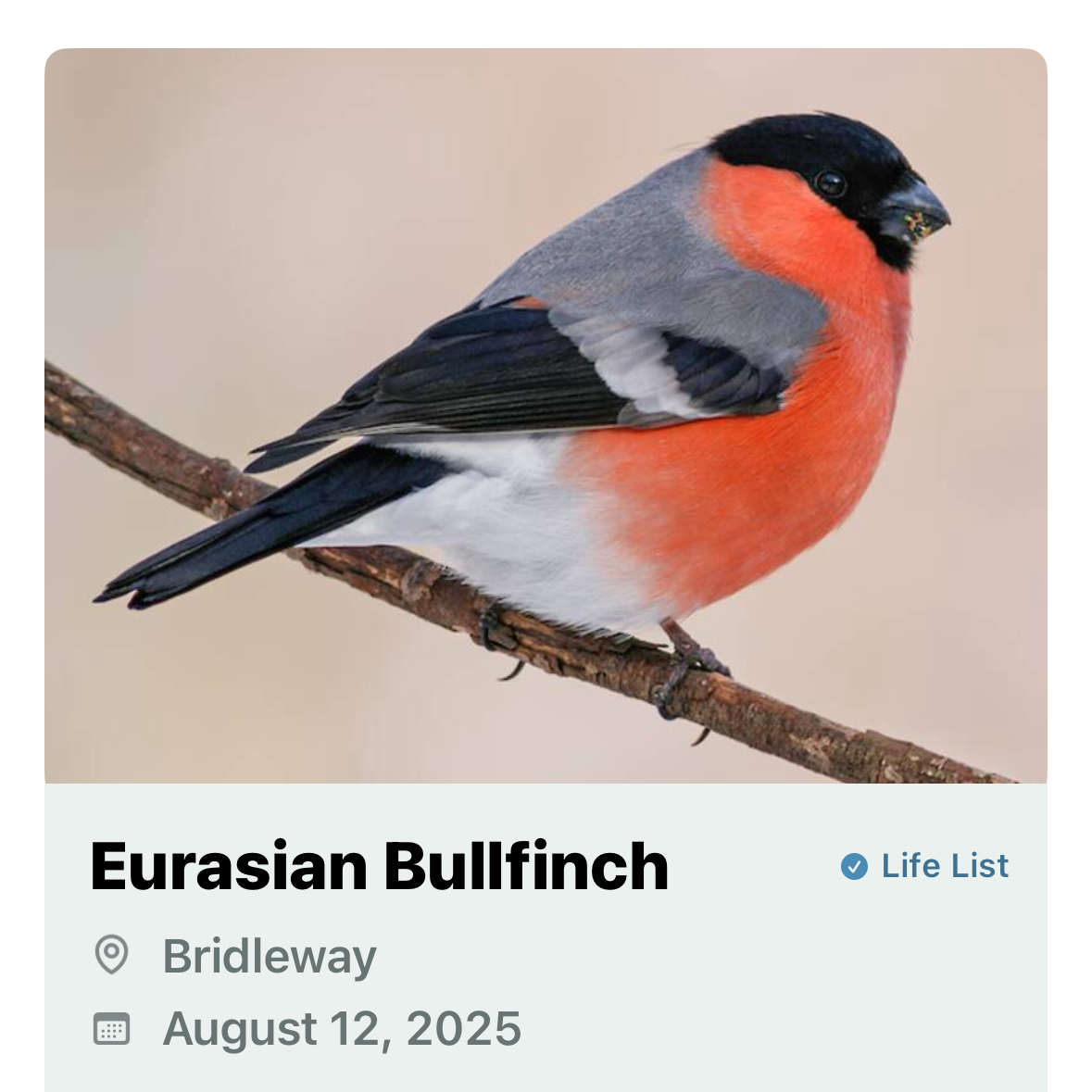
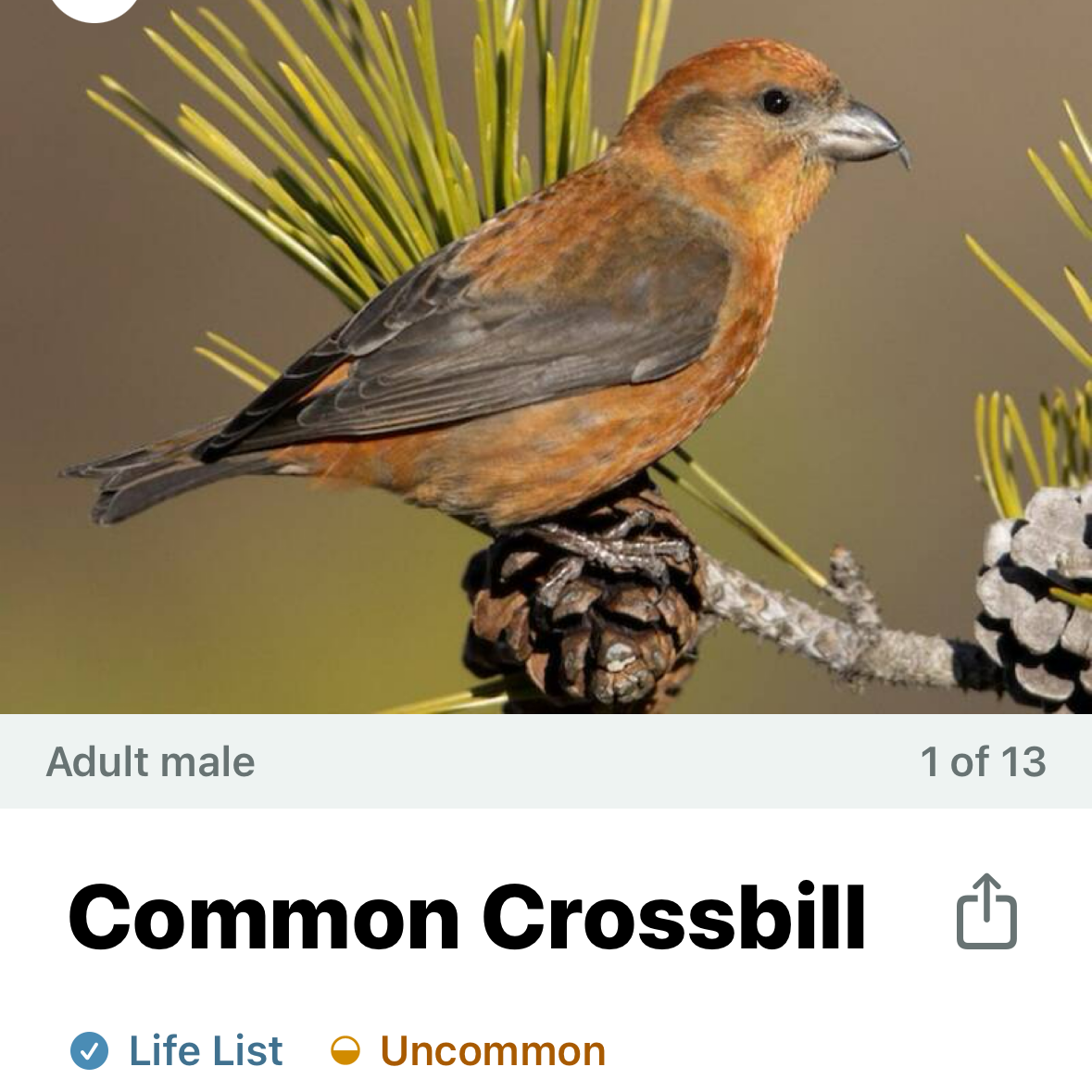
Tip 2 – Take a mug of tea and stroll in the dog paddocks
It takes about 15 minutes and a mug of tea to walk the winding path in the lower dog paddock. Turn on the Merlin app and you’ll likely be into double figures by the time you finish your brew. You won’t need an app to identify some of the most common birds but you could pick up some rarer species too such as redstarts. Pause at the far fence facing the wooded area and tune in. Whilst the dogs have been running in the paddock, I’ve heard yellow hammers, woodpeckers, siskins, robins, chaffinches, barn swifts, chiffchaffs and gold crests as well as the more common blackbirds, ravens, magpies, carrion crows, wood pigeons and doves. The barn owl is a ‘frequent flyer’ – sit at the picnic benches at dusk.
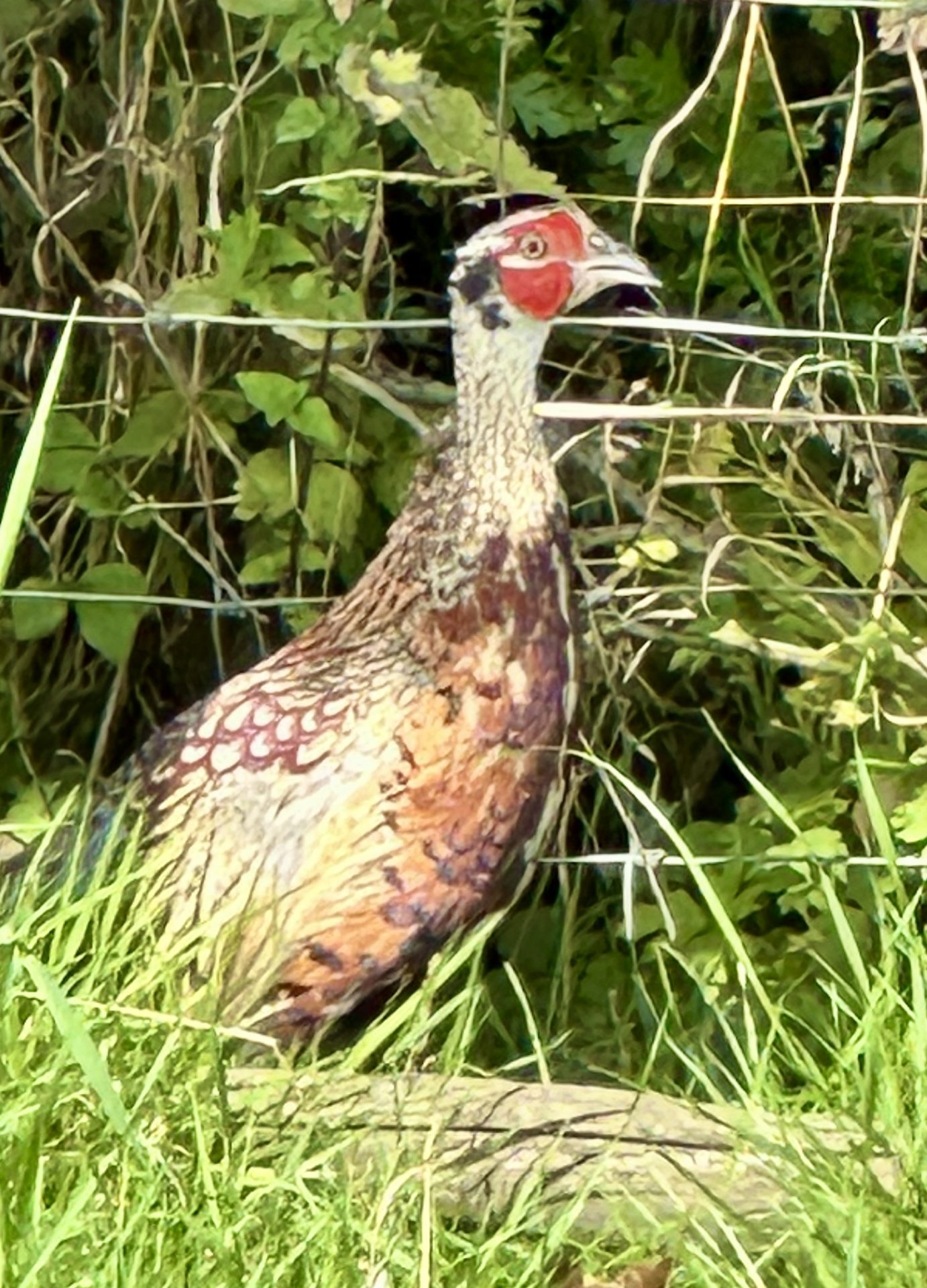
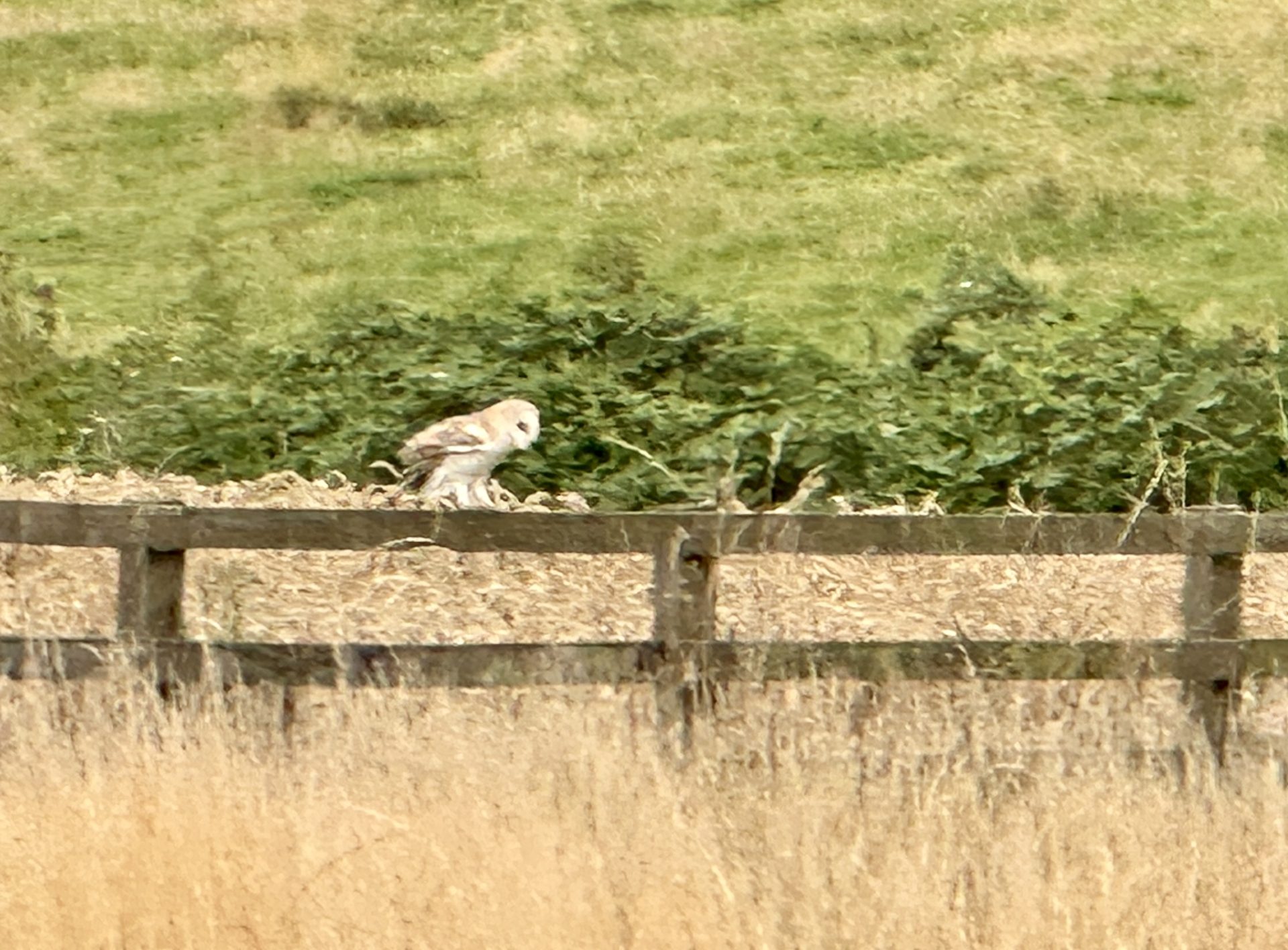
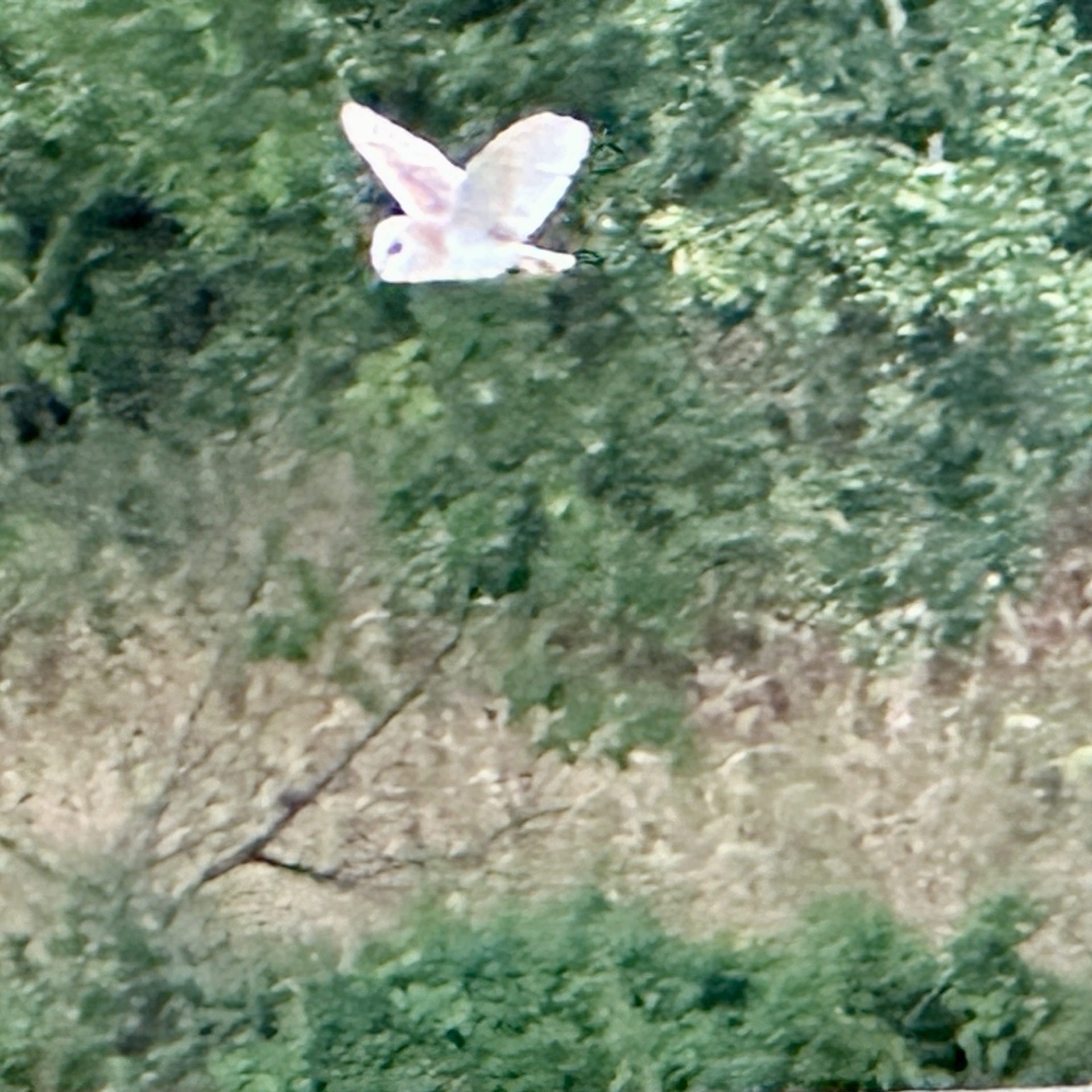
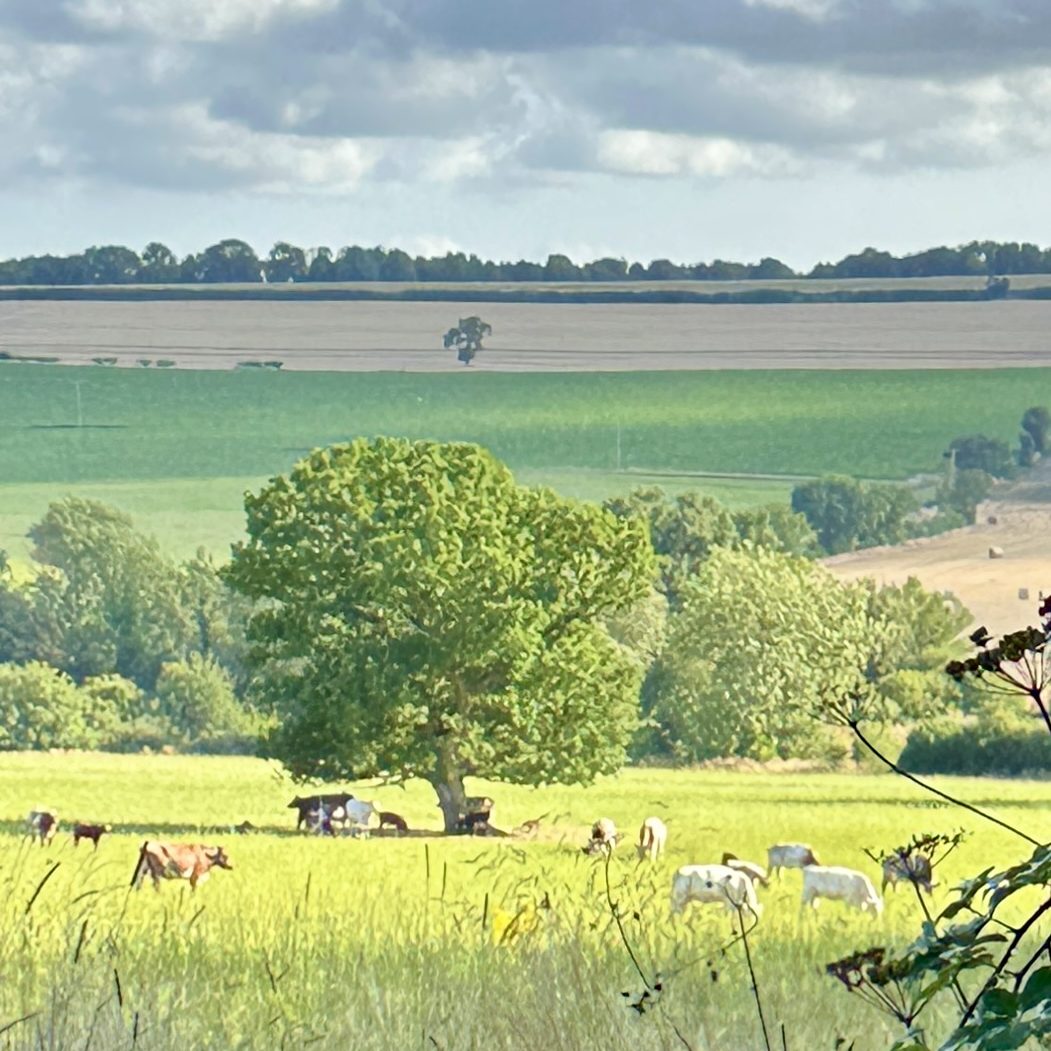
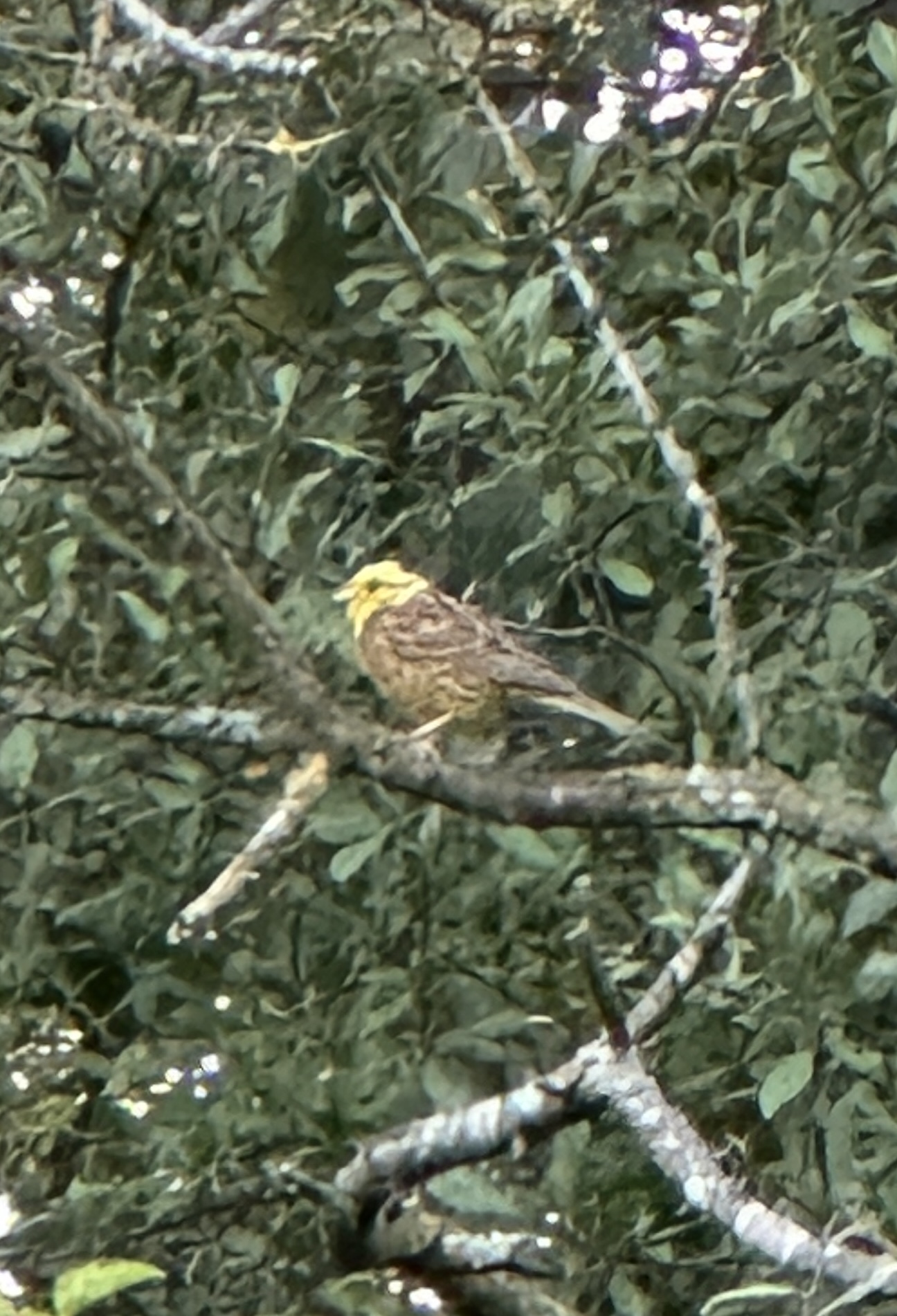
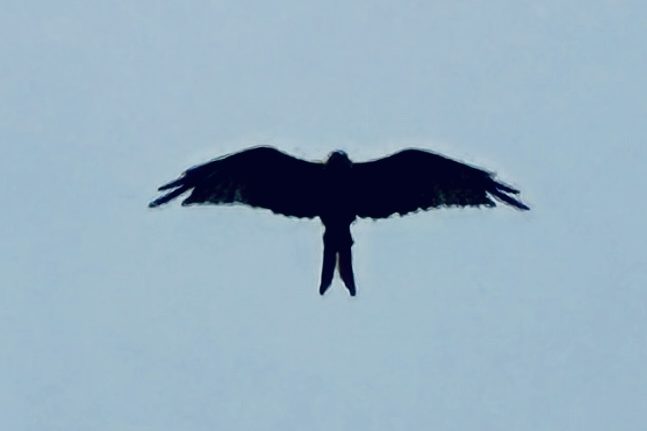
Tip 3 – Head out on the bridleway and the Ebor Way
I heard 25 different species when walking the route from Sproxton Hall Cottages to Harome for the walking guide. Walk the Ebor Way towards Oswaldkirk and there’s a new bench nestled at the side of a private wood. Pause a while to admire the far reaching views and you may hear buzzards overhead, woodpeckers in the woods and a myriad of tits – blue, coal, great, long-tailed. Wass, Ampleforth and Yearsley woods are all great for dog walking too and only a short drive from the cottages.
Tip 4 – Include some bird spotting on a day out
The North York Moors National Park is home to iconic moorland birds like curlew, lapwing, red grouse, and golden plover. Keep an eye out for impressive raptors such as kestrels, merlin and peregrine falcons soaring overhead, especially from the permanent Raptor Viewpoint in Wykeham Forest (Scarborough way). Guests also love to visit Dalby Forest for cycling, walking and Go Ape.
If you are on holiday in winter then starling murmurations are incredible – try Ripon City Wetlands (Yorkshire Wildlife Trust). In summer the Wetlands host a cacophony of geese as well as beautiful mute swans. Closer to the cottages, Sutton Bank Visitor Centre has a ‘bird bistro’ attracting some lesser seen/heard species. At RSPB Bempton Cliffs during breeding season (April to August), the towering chalk cliffs are alive with thousands of seabirds. Bempton Cliffs is on our ‘to visit’ list.
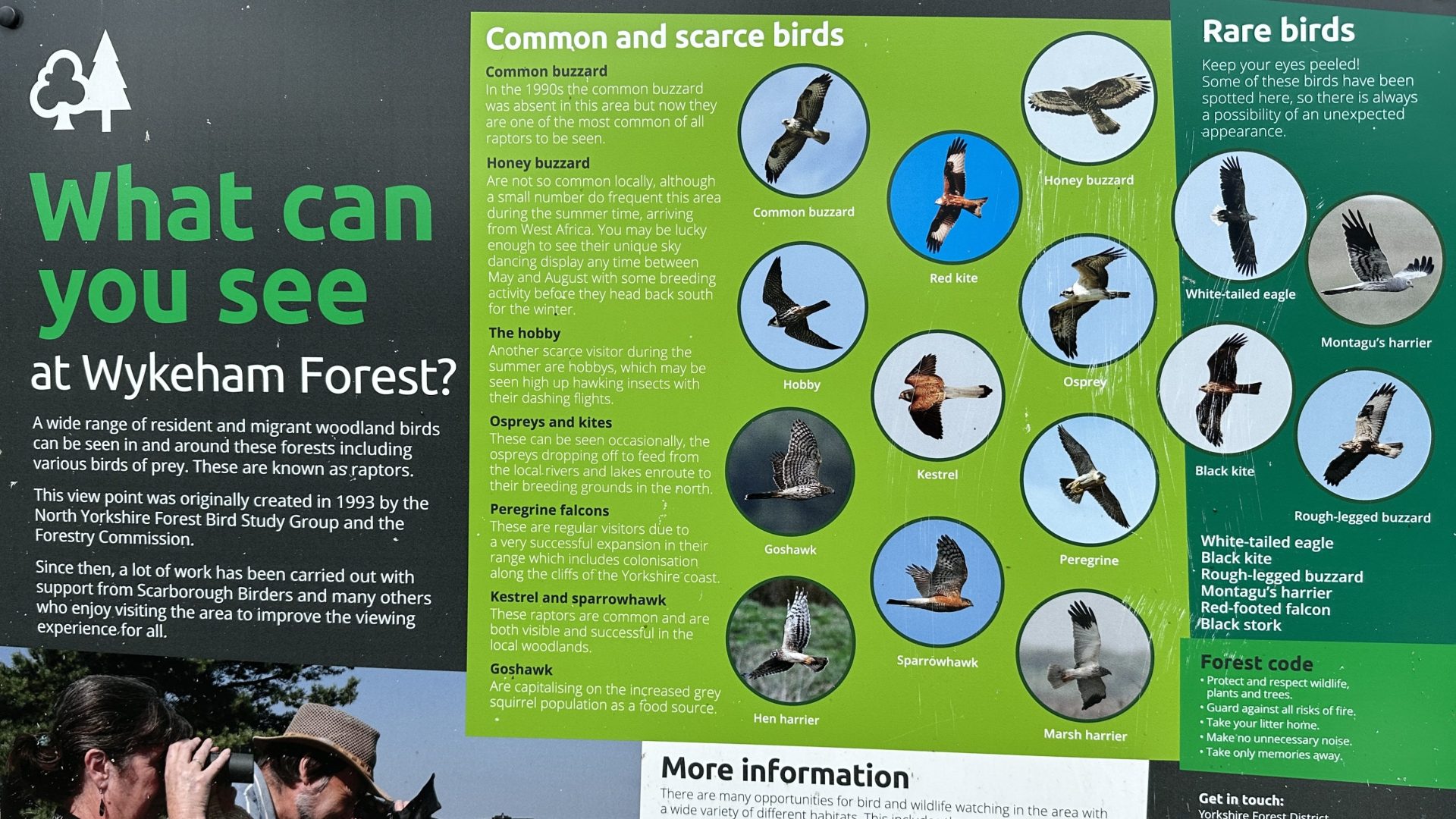
Tip 5 – Visit The National Centre for Birds of Prey
Round off your holiday with a visit to this centre which is located down the road in Duncombe Park (Helmsley). The National Centre for Birds of Prey is a great afternoon out for bird enthusiasts with live displays. You’ll find information about the centre in each cottage.
Dogs and birds – two notes of caution
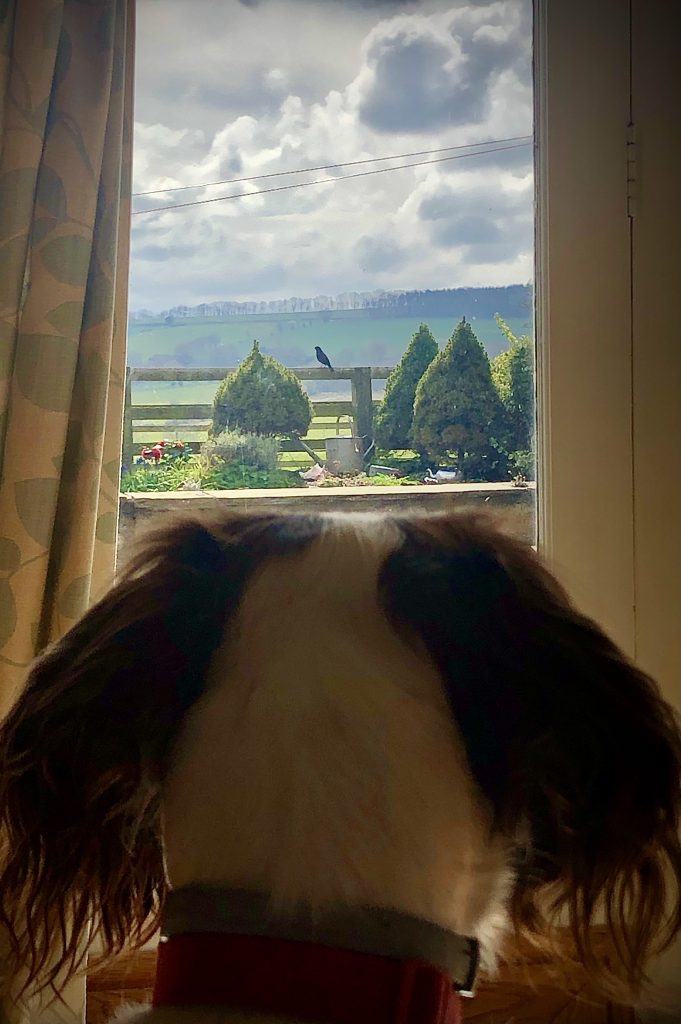
Please keep dogs under close control over moorland or anywhere else there may be ground nesting birds. Stick to public footpaths and bridleways, some of which have signposts about potential nesting and/or rare birds..
Just be careful to discard any superfluous sounds or Merlin suggestions – Tilly (springer spaniel) was on her retractable lead too close to the phone microphone and it came up as a parakeet. Friends in the village thought they had identified a rare species only to realise it was their dog playing with a squeaky tennis ball!
Enjoy a new dimension to your country walks, and I’d love to hear of any unusual birds you identify on your holidays.
Helen x
